George Kell
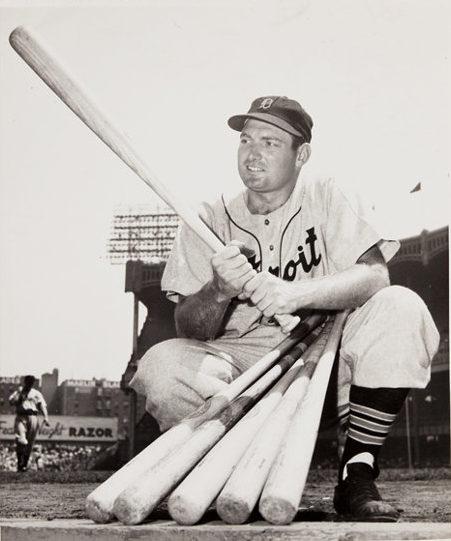
| Birthdate | 8/23/1922 |
| Death Date | 3/24/2009 |
| Debut Year | 1943 |
| Year of Induction | 1983 |
| Teams | Athletics, Orioles, Red Sox, Tigers, White Sox |
| Positions | First Base, Third Base |
A 10-time All Star and ’49 batting champion, George Kell struck out only 287 times in 6,702 at bats. He also announced for the Tigers for 37 years.
Leave a commentIn the collection:
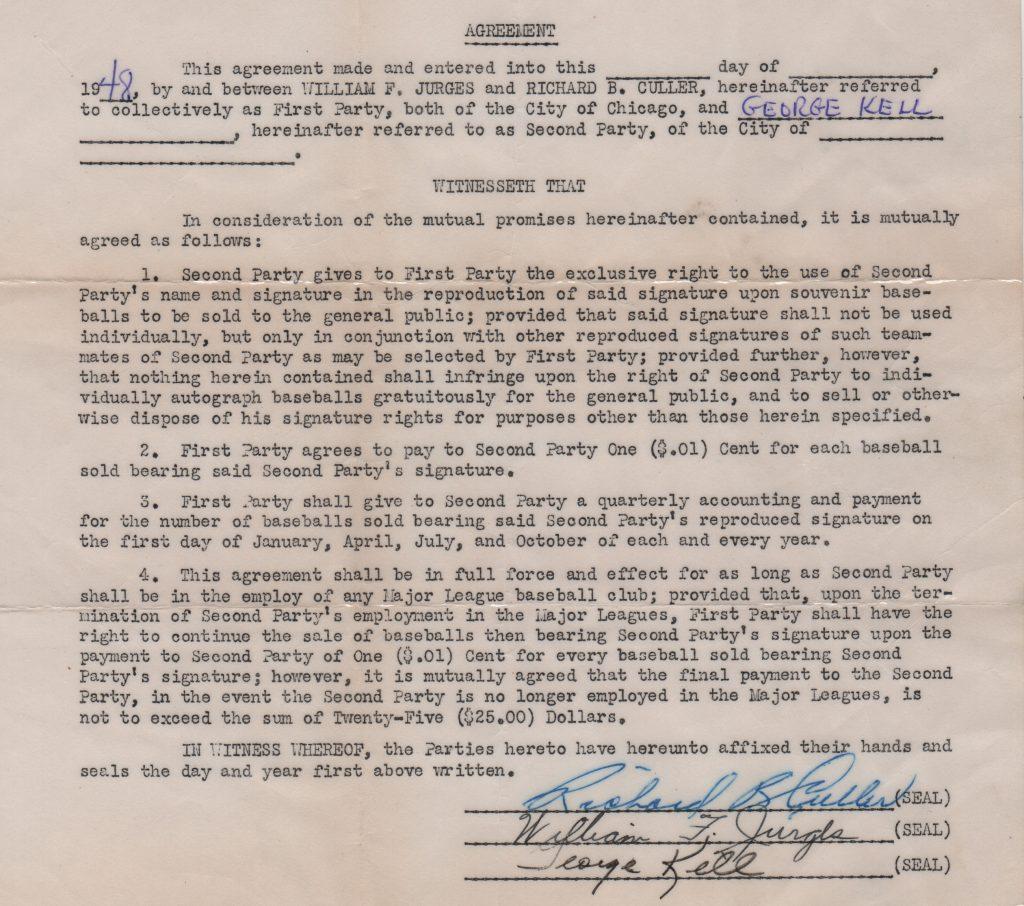
The 1949 batting champ, George Kell played 15 years for five different teams
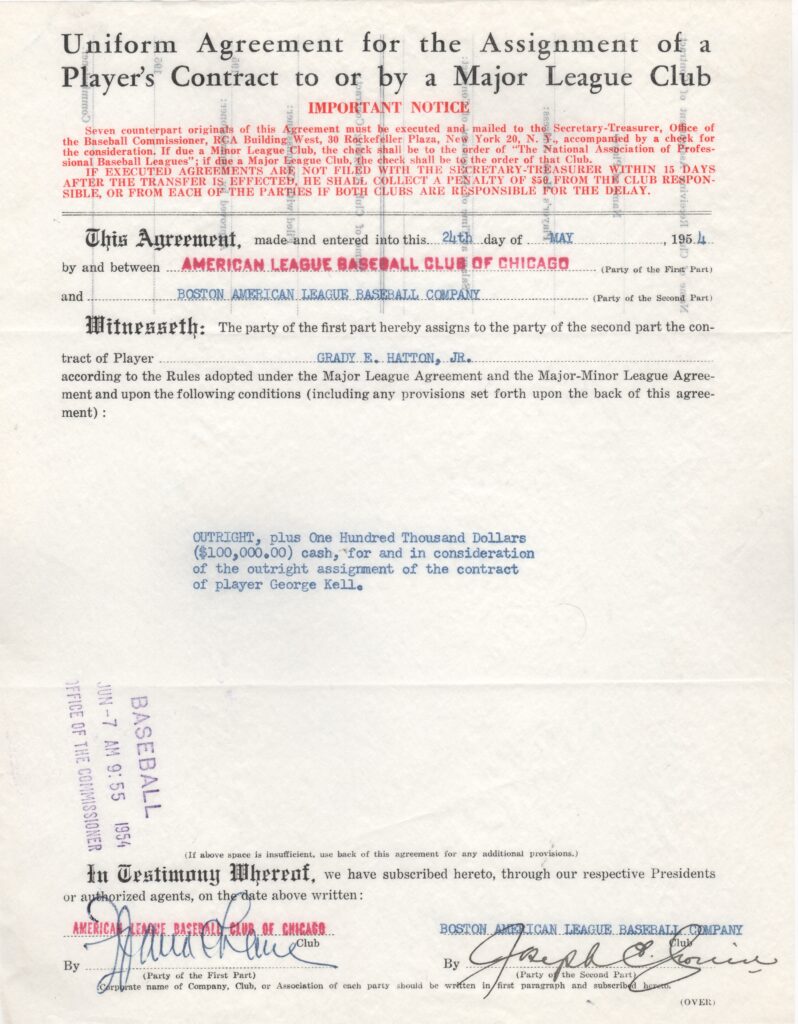
On May 23, 1954 George Kell was traded for the second time in less than two years
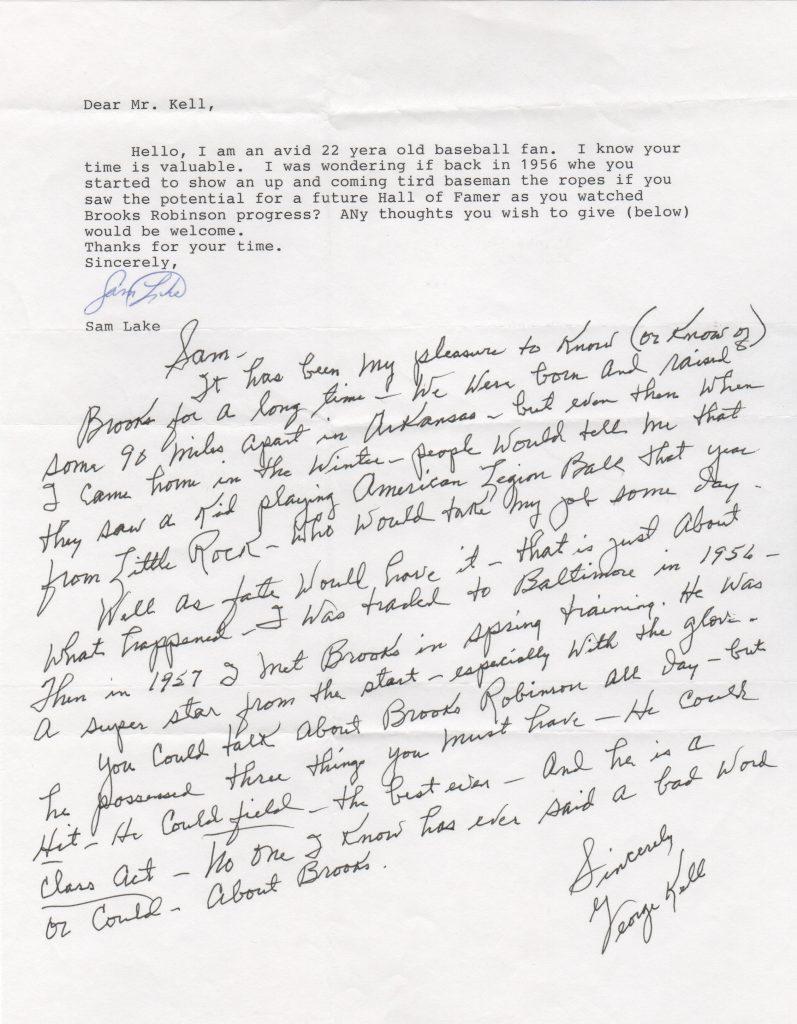
Toward the end of his career, Kell mentored a young Brooks Robinson in Baltimore
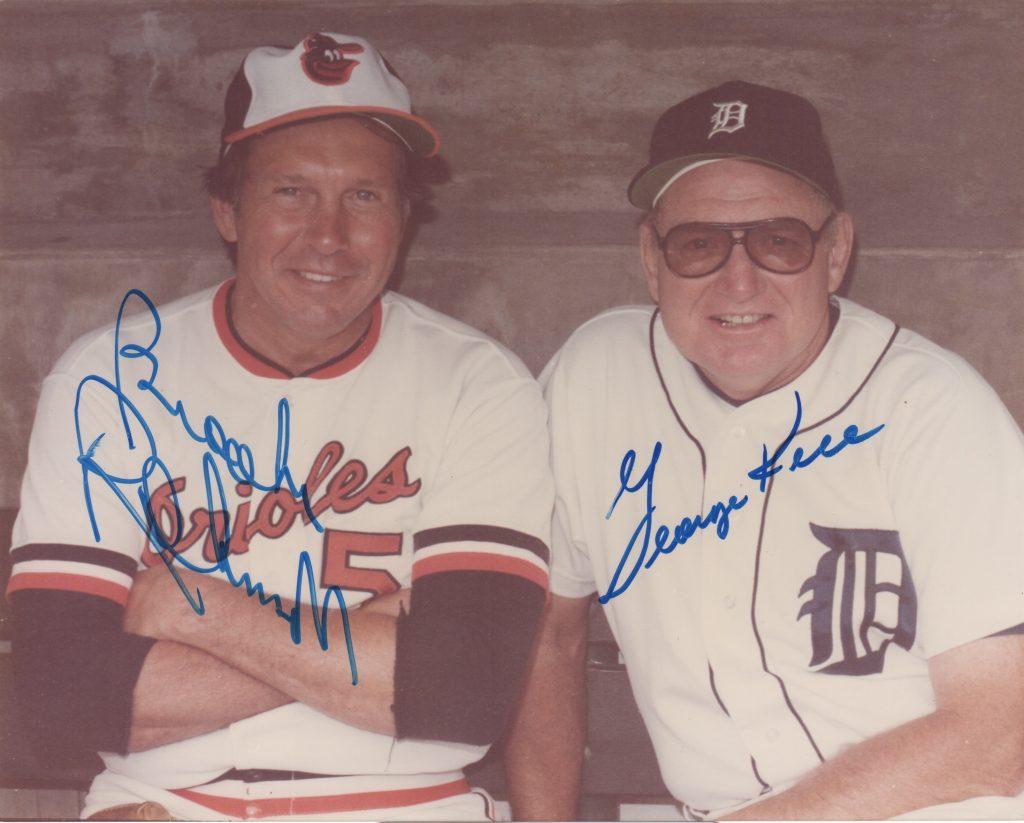
Arkansas natives Brooks Robinson and George Kell both reached the Hall
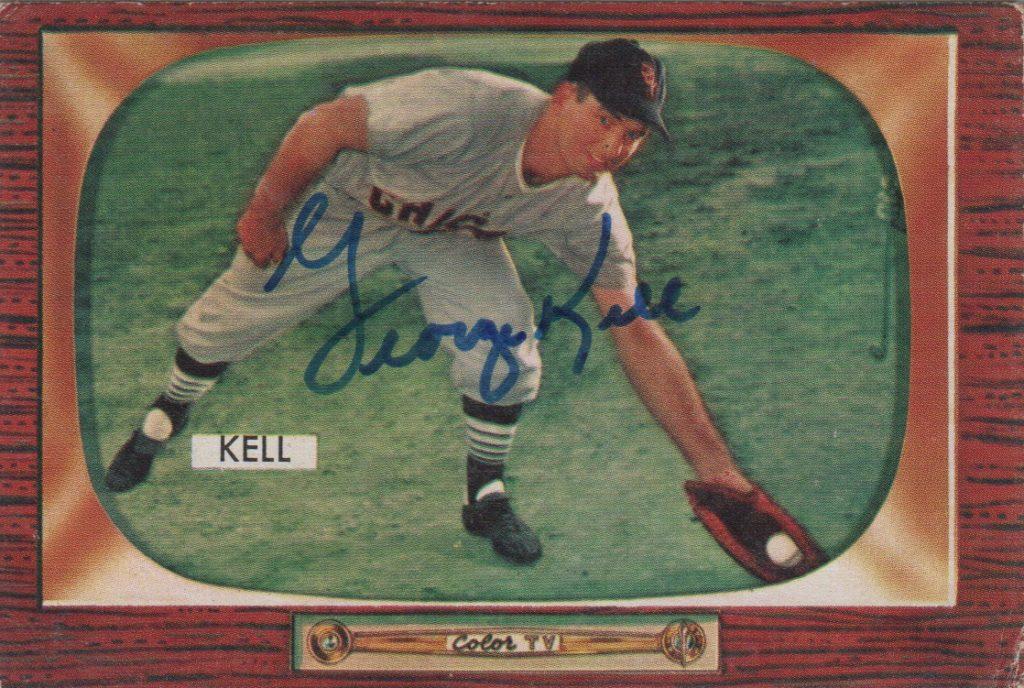
Third base is the least-represented defensive position in the Hall
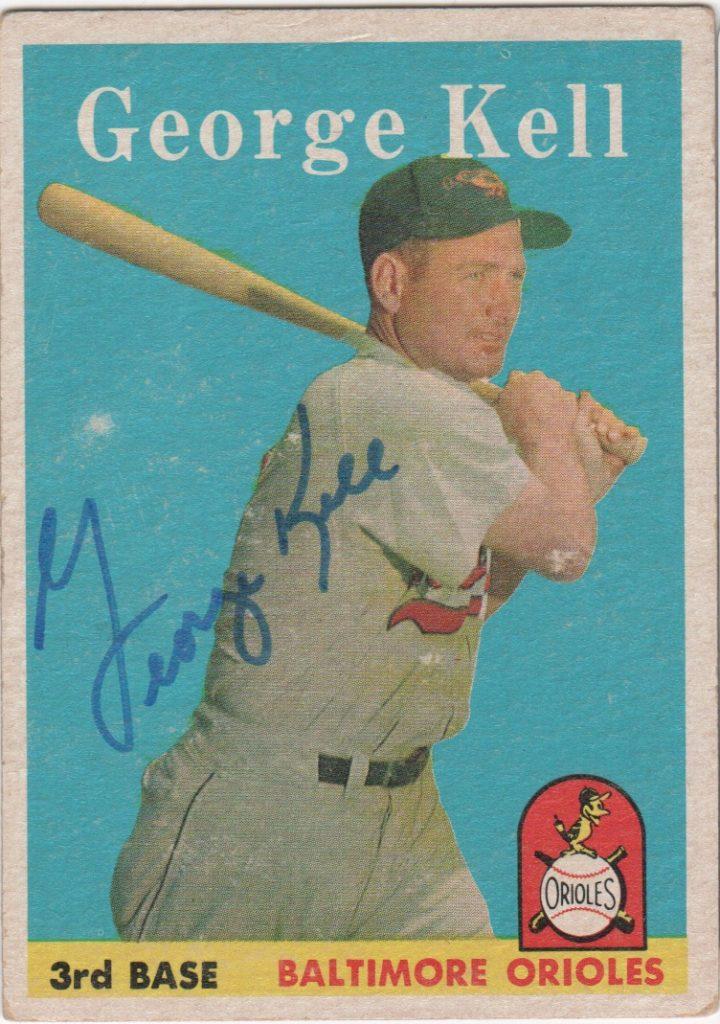
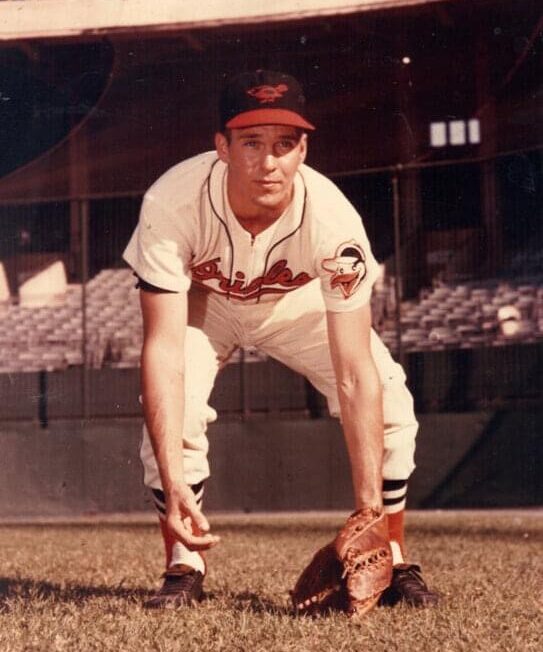
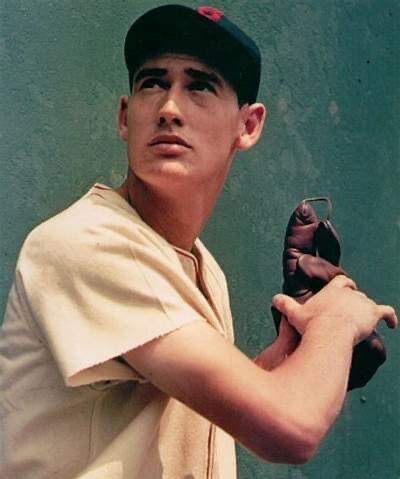
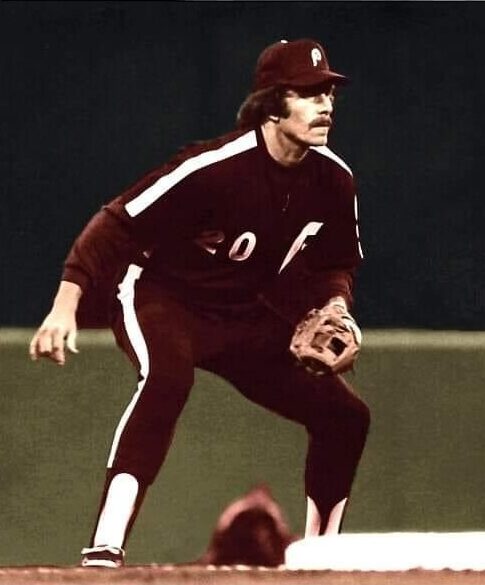
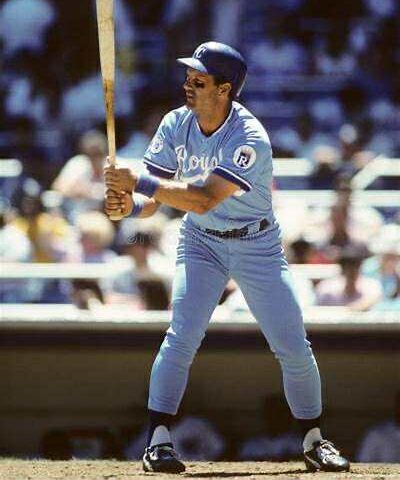
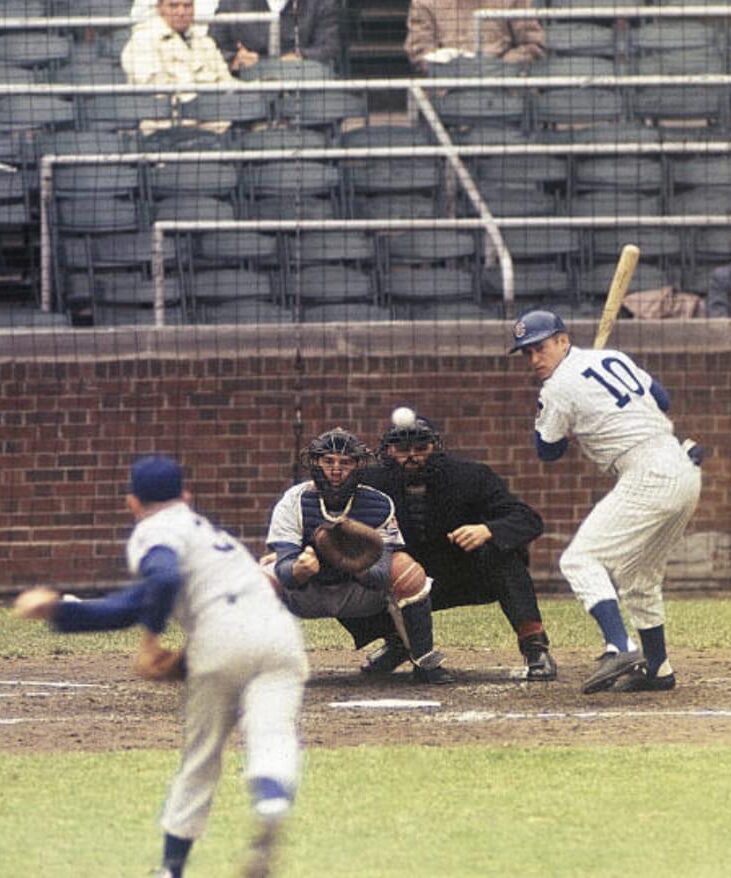
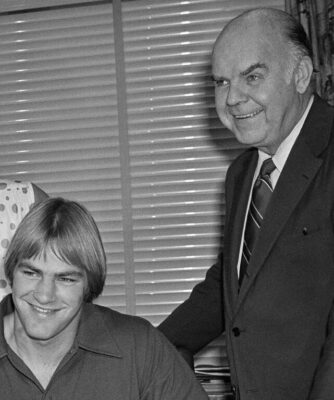
Kell tallied 7529 official plate appearance with a K-ratio of 3.8 percent. Dale Mitchell (same era) had a K-ratio of 2.7 percent. Both were obviously tougher than nails to strike out.